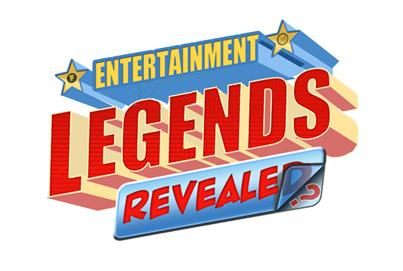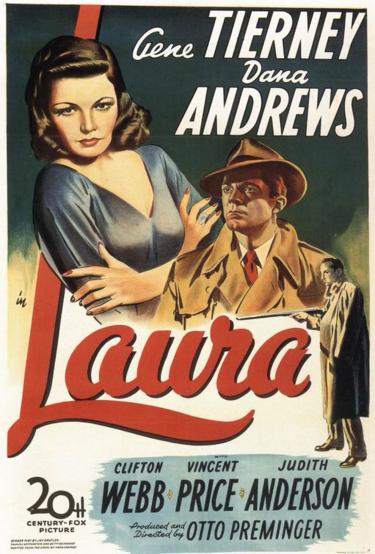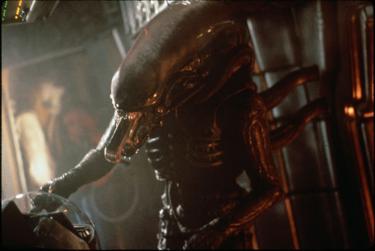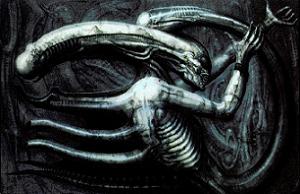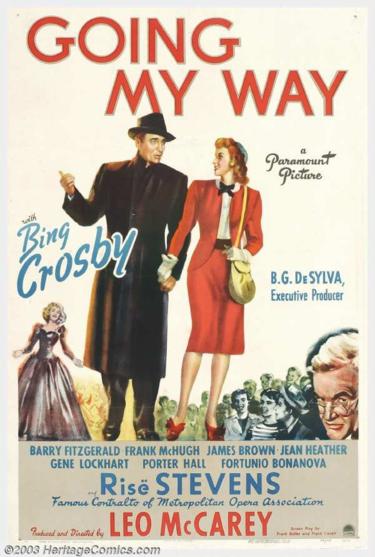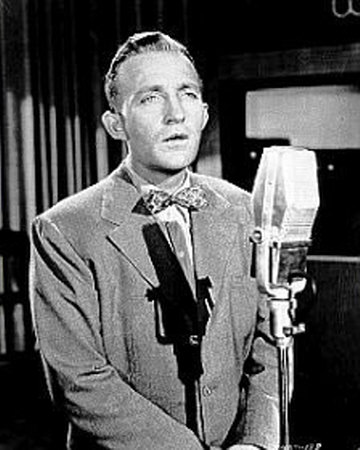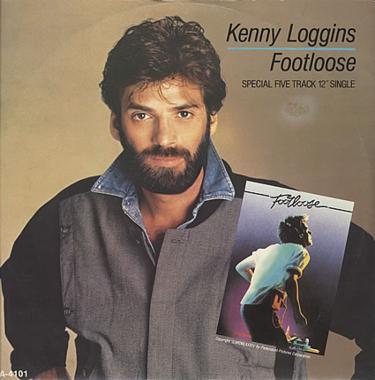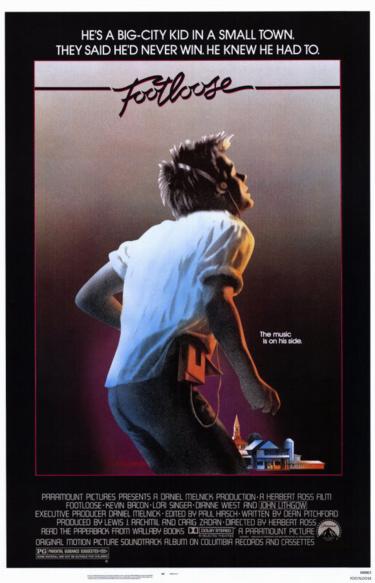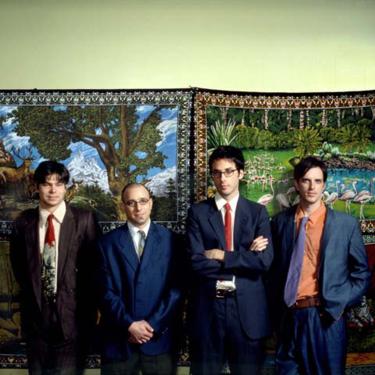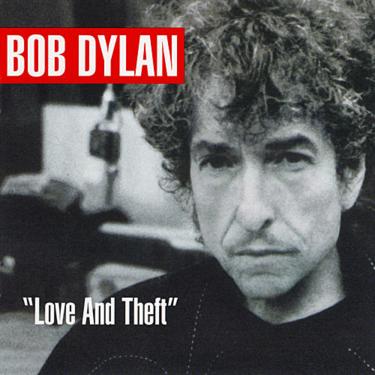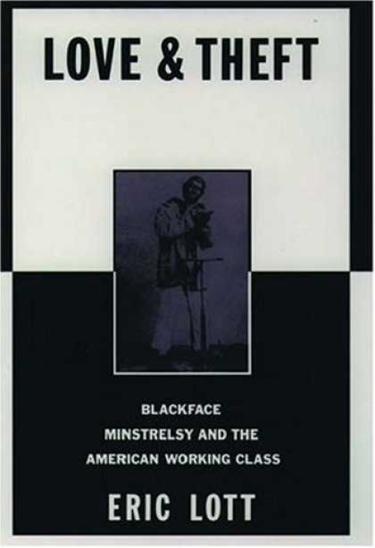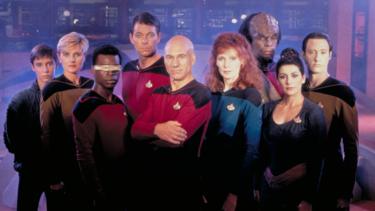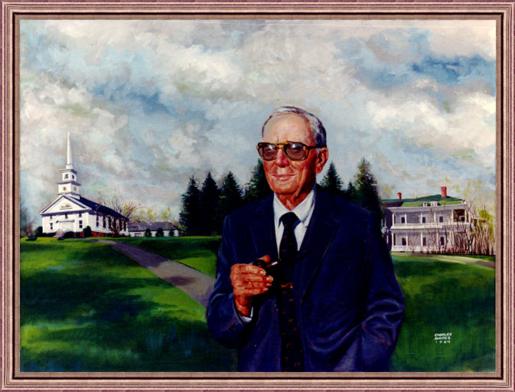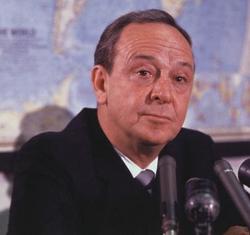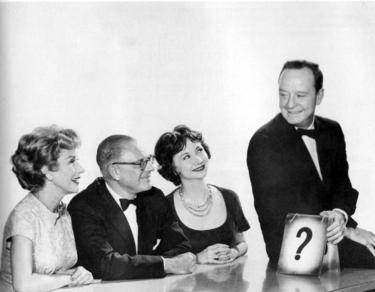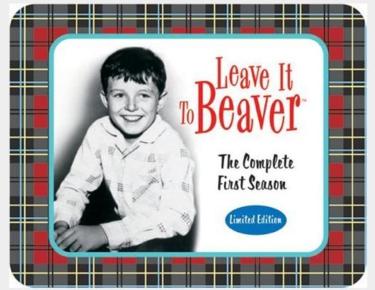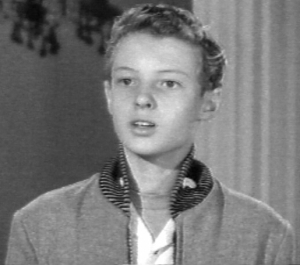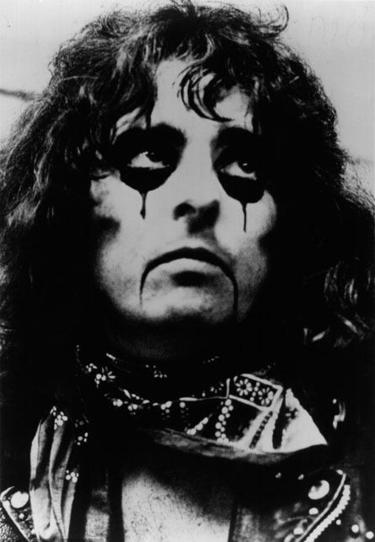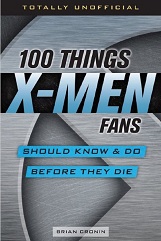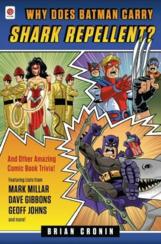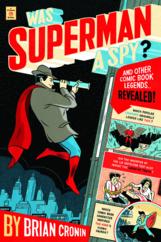Did Steven Spielberg First Direct for a Studio When He Was 21 Years Old?
Here is the latest in a series of examinations into urban legends about movies and whether they are true or false. Click here to view an archive of the movie urban legends featured so far.
MOVIE URBAN LEGEND: Stephen Spielberg directed his first work for a studio when he was 21 years old.
Sid Scheinberg, the Universal Vice President for Production who signed Steven Spielberg to a contract with Universal in 1968, recalled his first meeting with the young director.
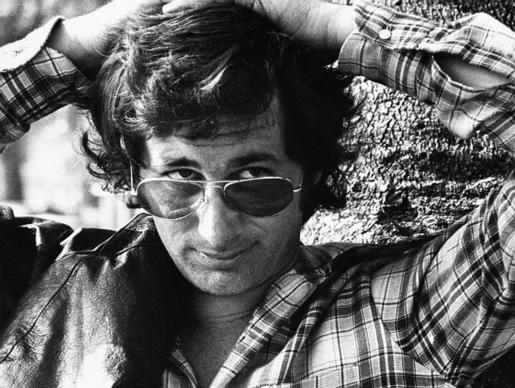
I just have one request and I’d like you to give me not so much a commitment, Mr. Scheiberg, but a promise. I want to direct something before I am twenty-one. That is very important to me.
That, of course, would be impossible, since Spielberg was ALREADY 21 at the time, having been born on December 18, 1946.
However, let’s say that Spielberg really meant direct WHILE he was 21. That’s more reasonable, and when he his signing with Universal was announced, Spielberg WAS 21 years old. For six more days, that is, as he was signed in December of 1968.
So did it happen?
Read the rest of this entry »
